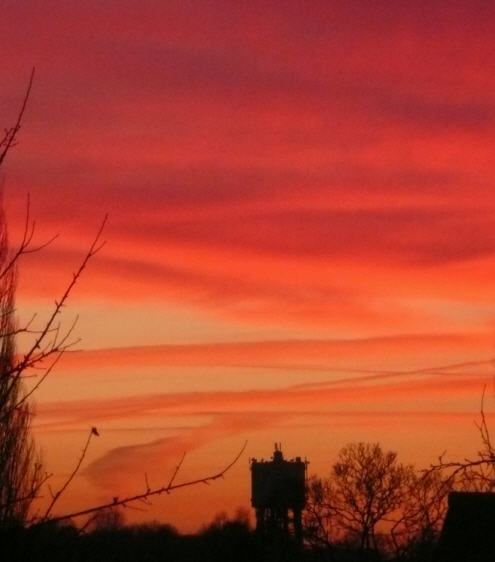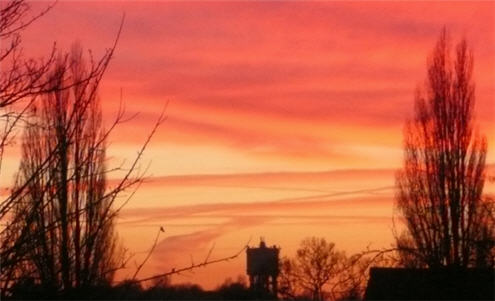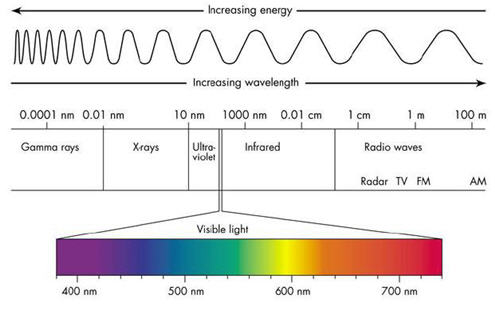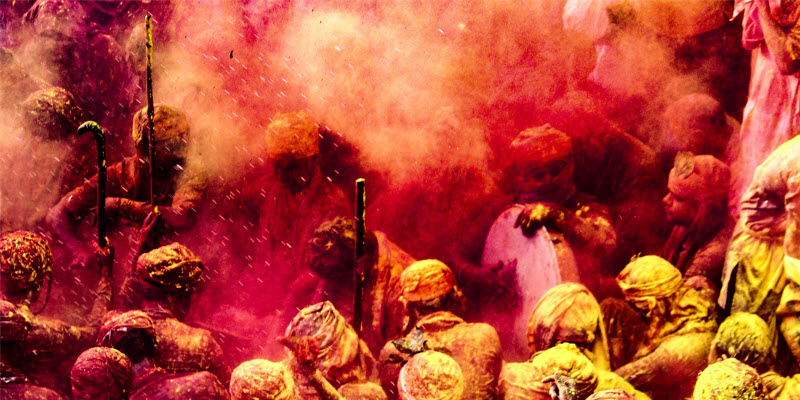colours in nature – the changing colours of sunset

Karen Haller

I just love to sit and take the time to watch the setting sun, to see the colours change from deep violets through to golden yellows, reds and even pinks. I was recently in Yorkshire visiting a friends and what a joy to see the most beautiful sunset.

Sunset - blue/violet light still visible

Sunset - the further the sun sets, the redder it will become.
Now for the science bit. How do we see colours at sunset?
In brief, colours we see at sunset are a result from a phenomenon called ‘scattering’. These are molecules and small particles in the atmosphere that scatter around the sky due to the angle of the sun’s rays.
The colours you see will depend on the wavelength of the light and the size of the particles. At sunset when the sun is low on the horizon, the sunlight passes through more air and more particles, making only those colours with the longer wavelengths visible.
Blue and violet have the shortist wavelengths so the increase in particles scatters s the blue and violet lights away. Then as the sun begins to set further you lose the ability to see yellow, then orange until finally you’re left with red, which has the longest wavelength.
Enjoy the beauty of the setting sun…
source information: Science Daily
wavelength image courtesy Overidon
all sunset images copyright Karen Haller




